Hi I am trying to convert a list of dates as strings to an x axis in matplotlib and I can't seem to get it to come out right.
dates = ['2014-05-06', '2014-05-07', '2014-05-08', '2014-05-09', '2014-05-10', '2014-05-11', '2014-05-12', '2014-05-13']
import matplotlib
from matplotlib import pyplot
from matplotlib import dates
converted_dates = matplotlib.dates.datestr2num(dates)
x_axis = (converted_dates)
y_axis = range(0,8)
pyplot.plot( x_axis, y_axis, '-' )
pyplot.show()
This brings back 1 2 3 4 5 6 7 on the x axis on the chart, what am I missing. I would like this to display 2014-05-06 etc
